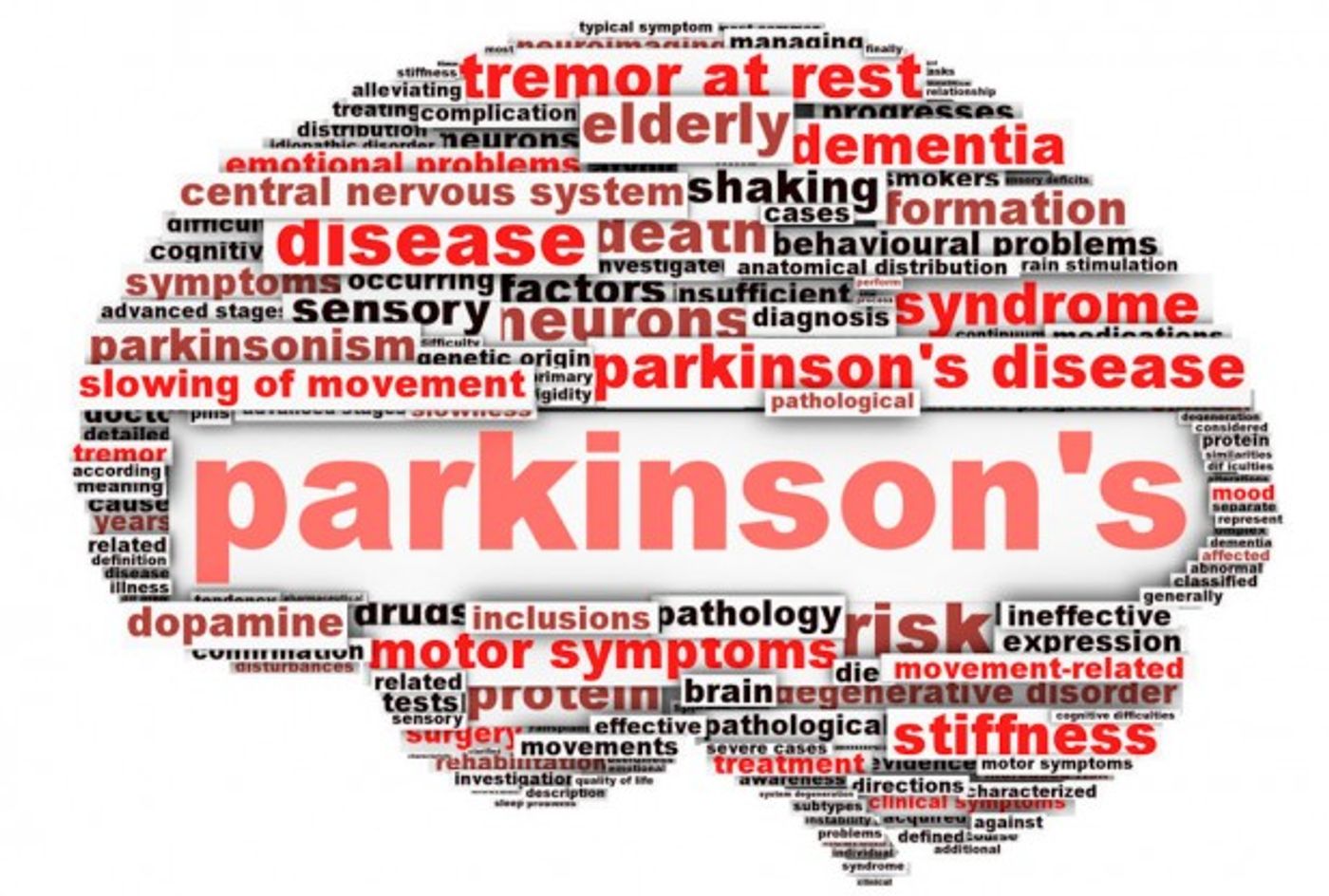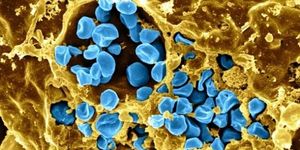Approximately one million people in the U.S. have Parkinson’s Disease (PD), a progressive neurodegenerative disorder characterized by the loss of dopamine-producing neurons in a brain region called the substantia nigra. While certain drugs and treatments, like L-DOPA and deep brain stimulation, can alleviate the motor symptoms of PD, there are no therapies that can slow down disease progression. The primary symptoms of PD are related to motor control, such as tremors and difficulty initiating voluntary movements, but there are many other nonmotor symptoms associated with this complex disease. Depression, sleep issues, and, as the disease progresses, dementia are also symptoms of PD.
Similar to Alzheimer’s, the majority of PD cases are sporadic, with no inherited genetic cause. Even though researchers don’t know exactly what causes PD, epidemiological studies over the past 60 years have revealed a crazy correlation between smoking and risk of PD.
Smoking cigarettes, a habit that everyone agrees is terrible for your health, can reduce your risk of developing PD by about 2-fold.
Why is this the case? Over 50 epidemiological studies have been done, and we know it’s not because people who smoke don’t live long enough to develop PD. Nicotine has actually be shown to be neuroprotective against PD, making this observation causative, not just correlational.
Nicotine binds nicotinic acetylcholine receptors (nAChRs) that are located presynaptically on dopaminergic neurons to stimulate dopamine release. And by binding to nAChRs, nicotine also causes Ca
2+ influx into the neuron which could elicit more neuroprotective gene expression through a second messenger signaling cascade.
However, a recent paper published in
The Journal of Neuroscience details a very physiological,”inside out” mechanism of neuroprotection. The experiments in this paper were done on cultured dopaminergic neurons and they used a very interesting model of PD. Since PD is a progressive disorder that occurs over many years, the researchers used a model of sustained endoplasmic reticulum (ER) stress like you would see in the early stages of disease progression instead of outright cell death. The concentration of nicotine used, 200 nM, is also significant because it is below the concentration needed to activate the nAChRs that are located on dopaminergic neurons. Nicotine is actually capable of diffusing through the cell membrane to reach the intracellular organelles, like the ER. Basically, this study showed that chronic nicotine exposure, at levels too low to activate most nAChRs, attenuated the ER stress and also suppressed the pro-apoptotic unfolded protein response (UPR) pathway through a process called “pharmacological chaperoning”. The nicotine made dopaminergic neurons that looked like the early stages of PD healthy again.
This is most likely not the only way nicotine elicits neuroprotection against PD, but it is important to unravel the different pathways to find new targets for treatments. And because nicotine has been shown to be neuroprotective, these pathways could offer a means of preventing disease onset.
Sources:
NIH and
Journal of Neuroscience









